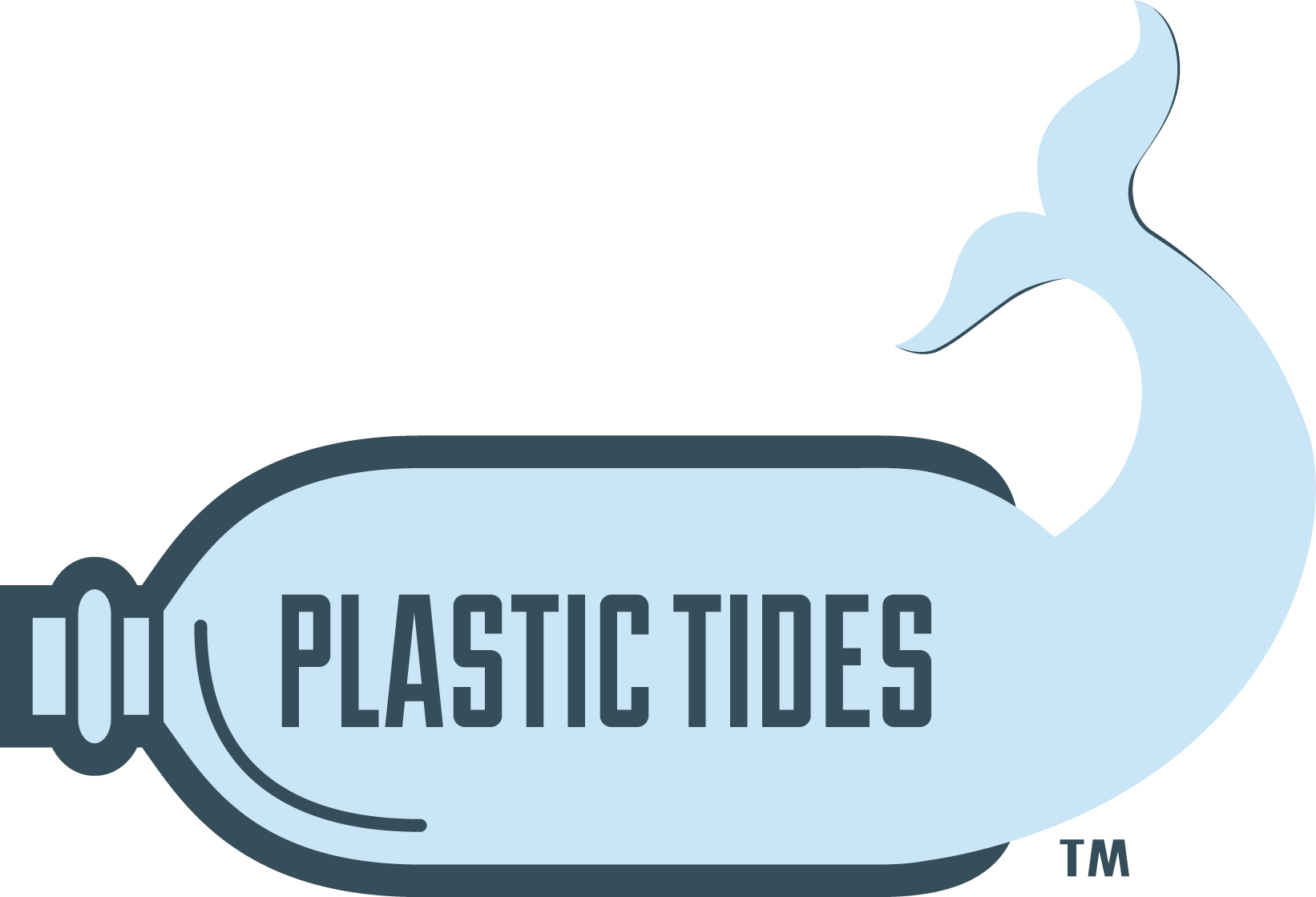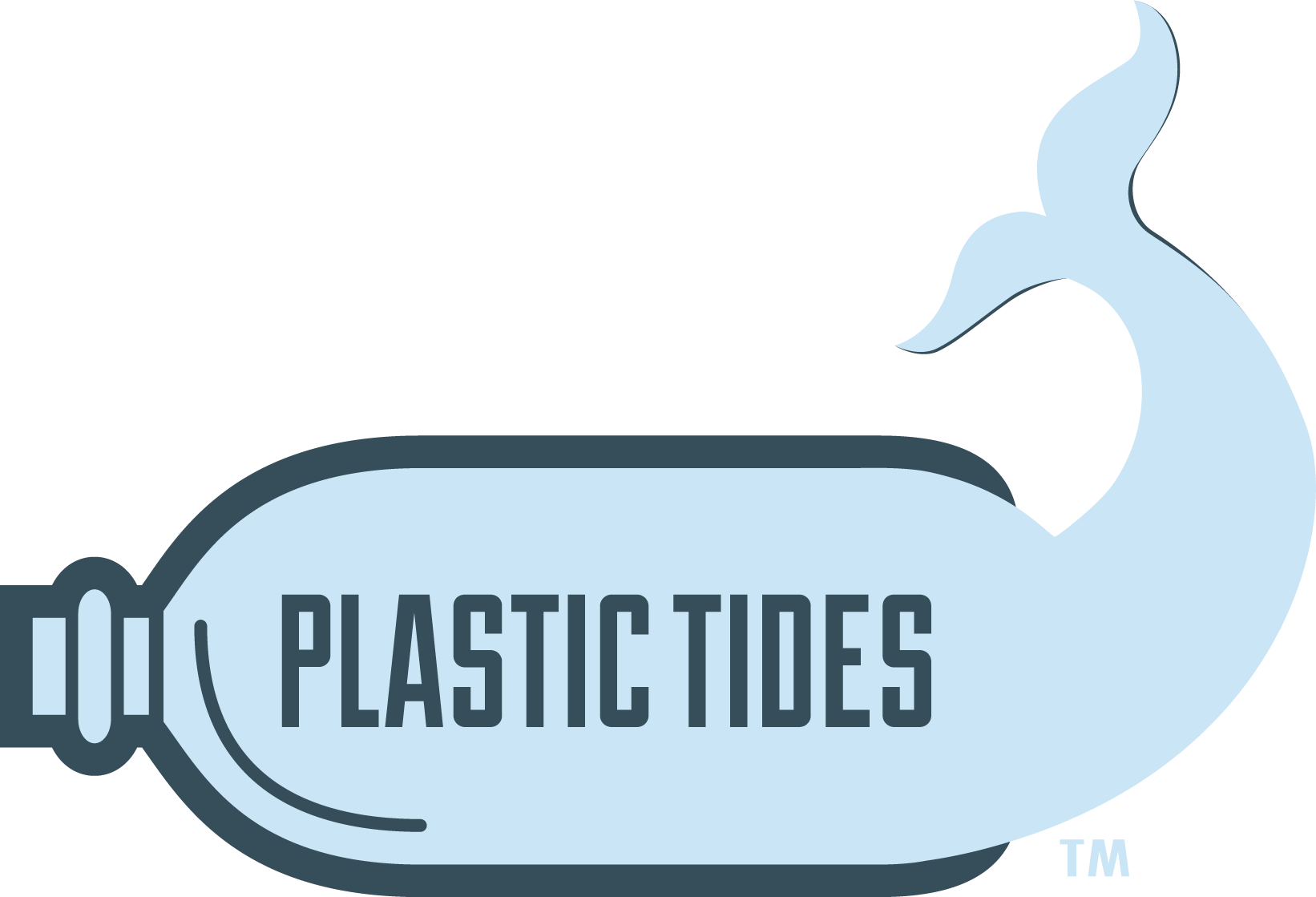
Tips for Sustainable Camping
Few things are better than waking up in your tent in the middle of a forest, hearing the birds singing, filtered sunlight gently nudging your eyes open to greet a new day. Camping is a way to commune with nature by removing the distractions of daily life. But camping can also be a wasteful and harmful activity if we are using non-reusable products and toxic materials on the campsite. By utilizing products and behaviors that encourage environmental stewardship, we can have a great camping experience without harming the local and/or global environment around us.
Minimize Unnecessary Car Travel
There are amazing wilderness areas all over the world. The first step to eco-friendly camping is finding one closest to you because cars create harmful pollutants that contribute to local pollution as well as global problems like climate change. You can search for camp spots in state parks and campgrounds near you online, obviously, but there are also options to camp on private land. The website www.hipcamp.com lets you find camping spots in traditional campgrounds and non-traditional spots like ranches, vineyards, and public parks. You can also list your land on the website so others can camp there.
Choose the Right Tent
Once you find that perfect spot, it’s time to set up your tent. If you are tall or need a larger tent for your family, the Big House 6 from Big Agnes is a great option. Big Agnes has pioneered using solution-dyed fabrics on tents, a technique that drastically reduces water and energy consumption during manufacturing. This process also improves the UV resistance of the tents, making them last longer and keeping them out of landfills. Big Agnes uses DAC tent poles, which utilize a proprietary aluminum alloy that doesn’t require hazardous chemicals for chemical polishing as well as reducing water consumption.
Looking for something a little sleeker and more lightweight? There’s an eco-friendly tent for that as well. The Jack Wolfskin Exolight II is the ultimate trekking tent for those of us that want to get further off the beaten path. This company’s tents are all PFC free, which means the water repellents used are not harmful to the environment. They use materials like silicone instead. Jack Wolfskin also utilizes the DAC tent poles that are super lightweight as well as environmentally friendly. The company also bans the use of PVC and nano-particles.
Eco-friendly Cooking

The tent is set up, sleeping bags are rolled out and it’s time to eat. Rather than gathering local wood for an inefficient and wasteful fuel, risking a wildfire, we recommend a camping stove. The JetBoil Flash Cooking System is a good option if you want to maximize your backpack space. The entire stove weighs less than one pound and takes up about 21 square inches when packed, about the size of a Nalgene bottle. The special fuel that JetBoil has engineered burns more efficiently and takes up about half the space of normal fuel packs. It’s super-fast too; in 100 seconds you have boiling water for some coffee or a bag of dehydrated food.
Tasty dehydrated meals used to be an oxymoron until companies like Backpacker’s Pantry came along. Whether you are vegetarian, vegan, or an omnivore, there are plenty of delicious options that won’t take up precious weight in your pack. The Boulder, Colorado based company uses solar power to offset more than 100% of the factory’s energy needs. They source food based on optimizing social, environmental, and economic impacts.
Don’t forget other simple steps that you can take to be eco-friendly while you camp including using bio-degradable soaps and packing reusable plates/utensils. Camping can truly be “leave no trace” if you pick options that minimize environmental harm.


